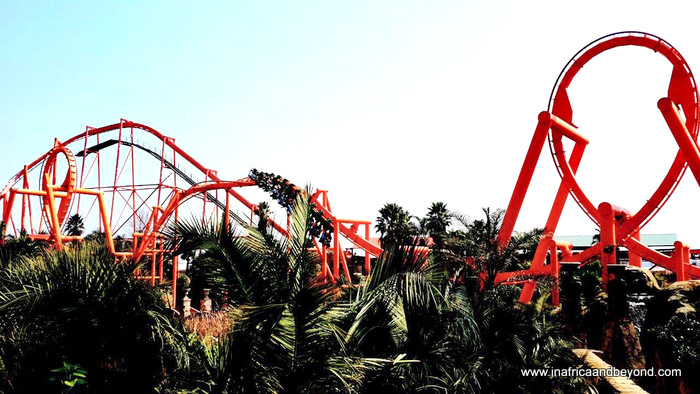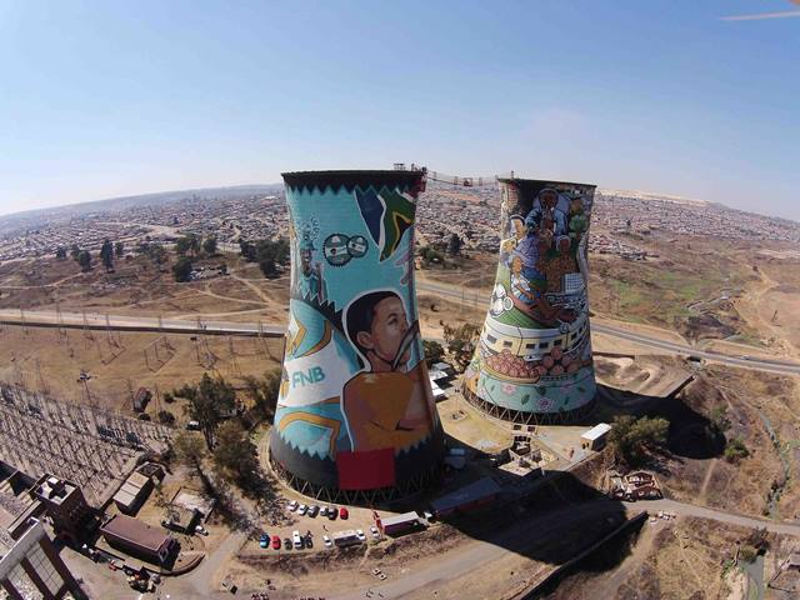A Biased View of Johannesburg North Attractions
A Biased View of Johannesburg North Attractions
Blog Article
Not known Incorrect Statements About Johannesburg North Attractions
Table of ContentsJohannesburg North Attractions Things To Know Before You BuyJohannesburg North Attractions - TruthsAn Unbiased View of Johannesburg North AttractionsThe 25-Second Trick For Johannesburg North AttractionsThe smart Trick of Johannesburg North Attractions That Nobody is Talking AboutThe Single Strategy To Use For Johannesburg North Attractions
The city owes its area to the visibility of an also a lot more valuable resource: gold. The city grew on the side of the Witwatersrand Key Reef, a subterranean stratum of gold-bearing quartz-silica conglomerate that arcs for hundreds of miles beneath the Highveld. The majority of the gold mines in the city stopped operation in the 1970s, but in its day the Witwatersrand gold sector made up greater than 40 percent of the world's yearly gold production.Johannesburg has a temperate environment. The city enjoys regarding eight hours of sunlight per day in both winter months and summertime.
What rainfall the city receives drops almost solely in the summertime, commonly in magnificent late-afternoon electric storms. Air contamination postures a significant issue, especially in the cold weather, when thermal inversions restrain the westward flow of air from the Indian Ocean. Air pollution is most extreme in the densely settled Black areas on the city's periphery, where numerous homeowners still rely upon coal for fuel.

Johannesburg North Attractions for Beginners
The balance of the city is inhabited by whites. Accommodation varies in character and high quality.
Physical development, although somewhat limited by transportation, proceeded promptly as immigration to South Africa, and Johannesburg particularly, boosted dramatically. This issue was fixed in the 1930s when the automobile was introduced in automation to South Africa. Autos were, for the most part, confined to the rich, and permitted them to relocate to the north of the city and commute right into the centre.
Many poor residential areas were blended, with inadequate blacks and whites living together, although the well-off suburban areas were usually booked for whites.
The More Info previous system of eleven phoned number areas was reorganised in 2006. Marshalltown, as seen from the top of the Carlton Centre. The M1 and M2 run behind the buildings, and the southerly suburban areas expand past the highway border. The central city of Johannesburg lies within the city's Region F. The approximated populace of the region is 200,000, [] however the number of individuals residing in the inner city on a casual basis is unidentified, as numerous are illegal aliens. Most higher-income citizens and white individuals have transferred to the northern suburban areas and have actually been changed by lower-income black people. The unemployment, education and learning, and age profiles of the area are all unknown, as a result of the difficulty of acquiring reliable info regarding the location.
The Ultimate Guide To Johannesburg North Attractions
Yeoville and Bellevue have a mix of house buildings and solitary property systems on small lots. The area lies on a mountainous divide that ranges from east to west. The most noticeable geographic attribute is Observatory Ridge, which is called for the large observatory situated on it. The leisure spaces are no much longer utilized, due to safety and security problems.

A Biased View of Johannesburg North Attractions
The eastern suburbs are some of the earliest areas of Johannesburg, there are huge communities of Jewish and various other European backgrounds, the bulk of the population is English talking. There are three golf training courses as well as a number of secured ridges with viewsites.
The area is mainly made up of old "matchbox" homes, or four-room houses developed by the government, that were developed to give economical lodging for black workers throughout apartheid. Soweto is an acronym, representing "South Western Townships". Street after road in this field is lined with matchboxes; nevertheless, there are a few smaller locations where prosperous Sowetans have constructed houses that are much more similar in stature with those in more upscale residential areas.
Hostels are one more famous physical feature of Soweto. Originally developed to house male migrant employees, numerous have been boosted as dwellings for couples and households. The N1 Western Bypass see this skirts the eastern border of Soweto. The suburb was not historically enabled to develop employment centres within the area, so nearly all of its homeowners are commuters to other parts of the city.
Some Known Questions About Johannesburg North Attractions.
The N1 Western Bypass links the northern residential areas with the north-western residential areas. The suburbs in the northern suburbs are mainly official, without any considerable areas of casual real estate, or housing that does not have an irreversible structure. This is a recognized area, there is a pattern of land use adjustment from domestic to industrial, specifically along primary arterial roads and around well-known nodes.
Roadways to the eastern and west are less well developed, as there are no highways taking a trip in that direction. Towards the north border of top article the city, the density of growth decreases, leaving huge areas of undeveloped land around Midrand.
Johannesburg North Attractions Fundamentals Explained
, which is situated on a hillside forgeting the internal city and Hillbrow.
Report this page